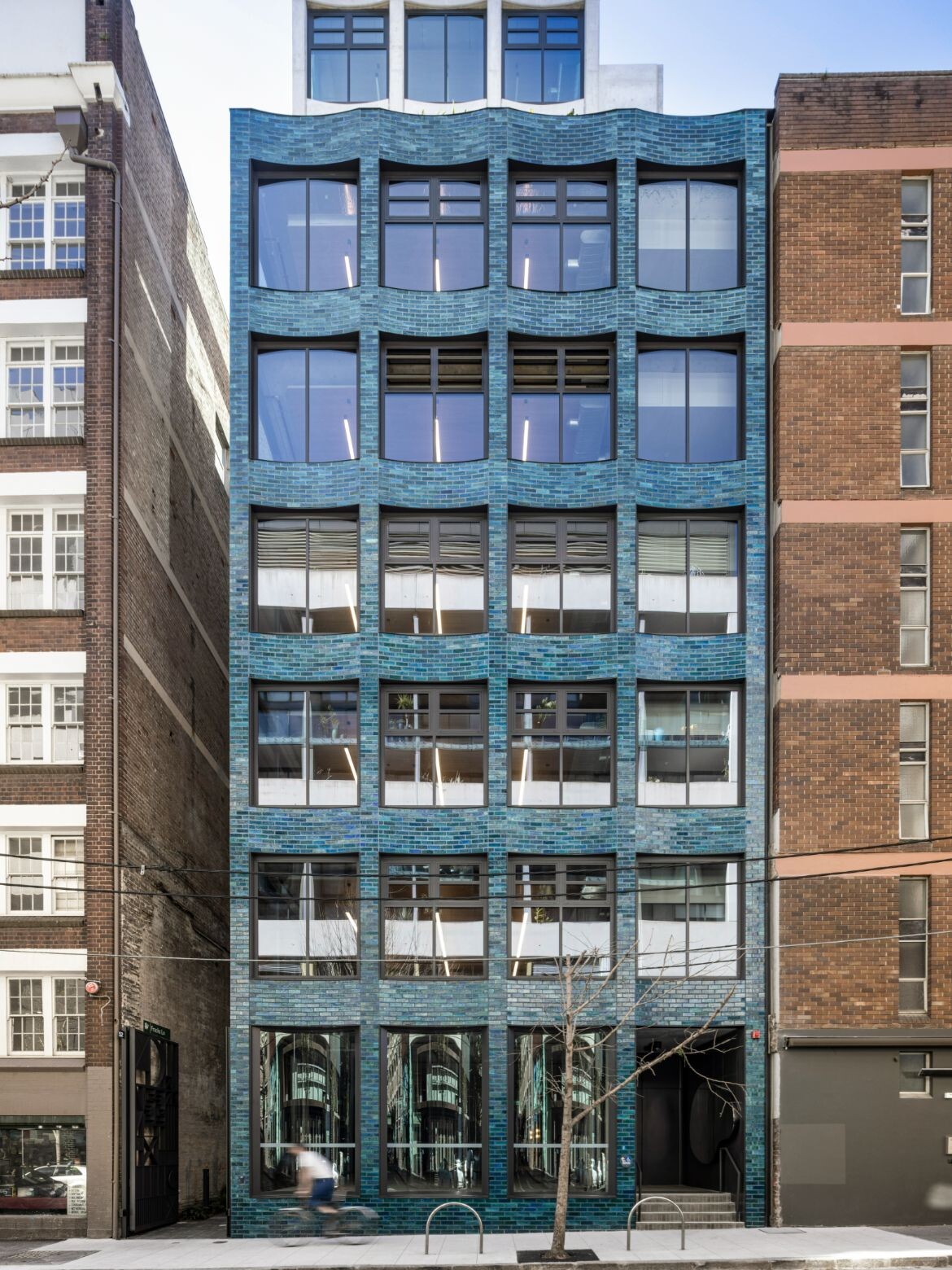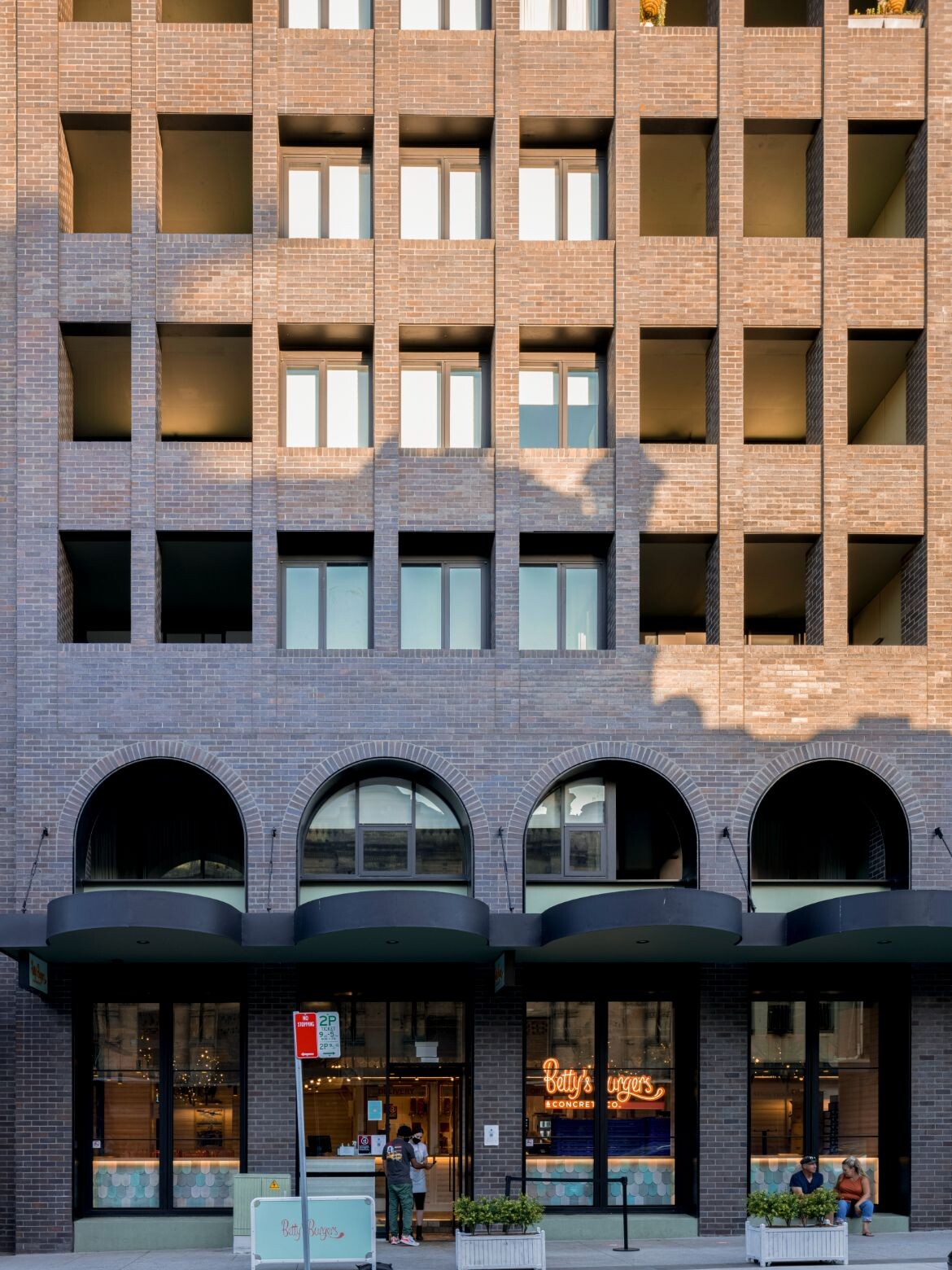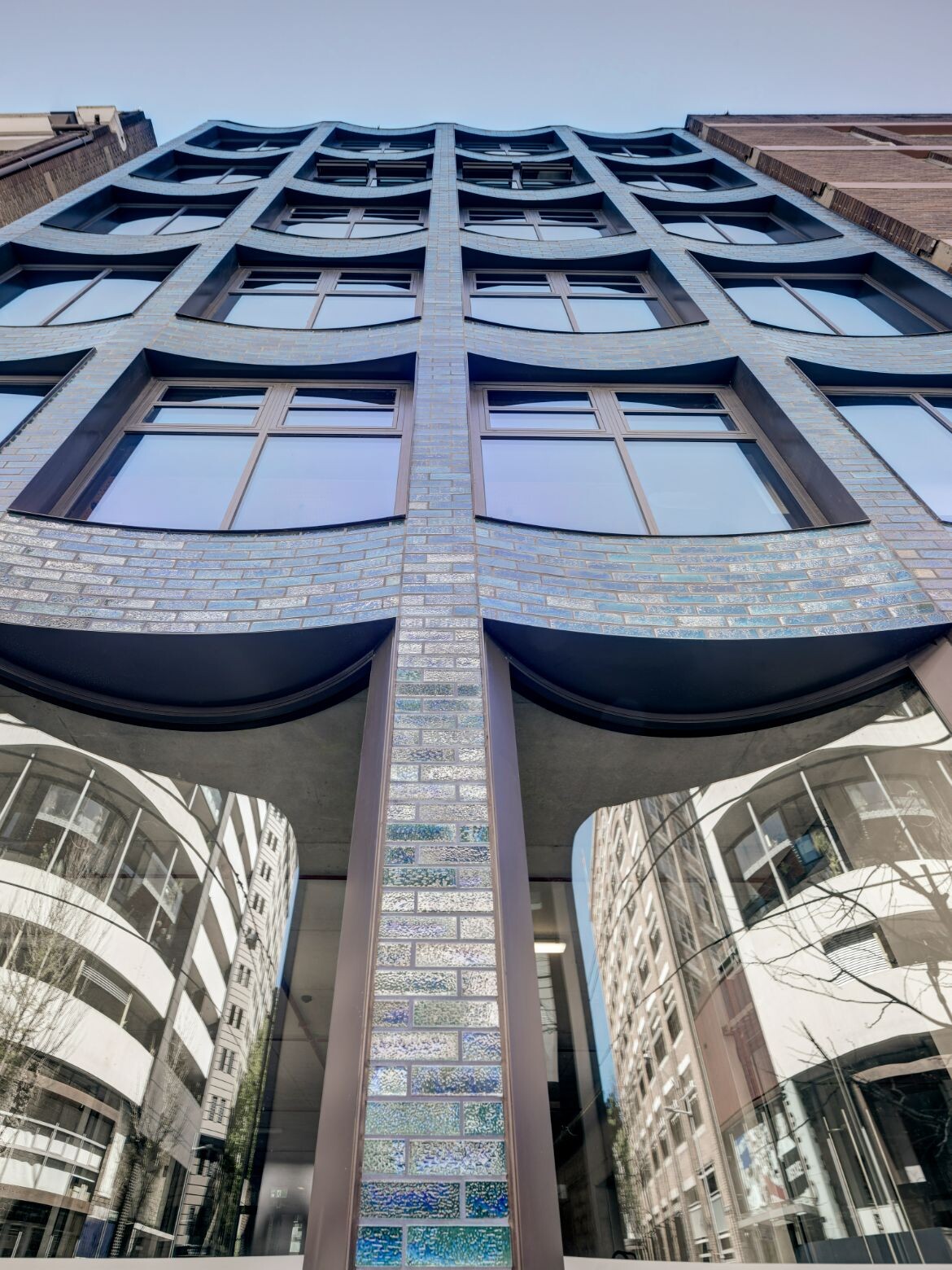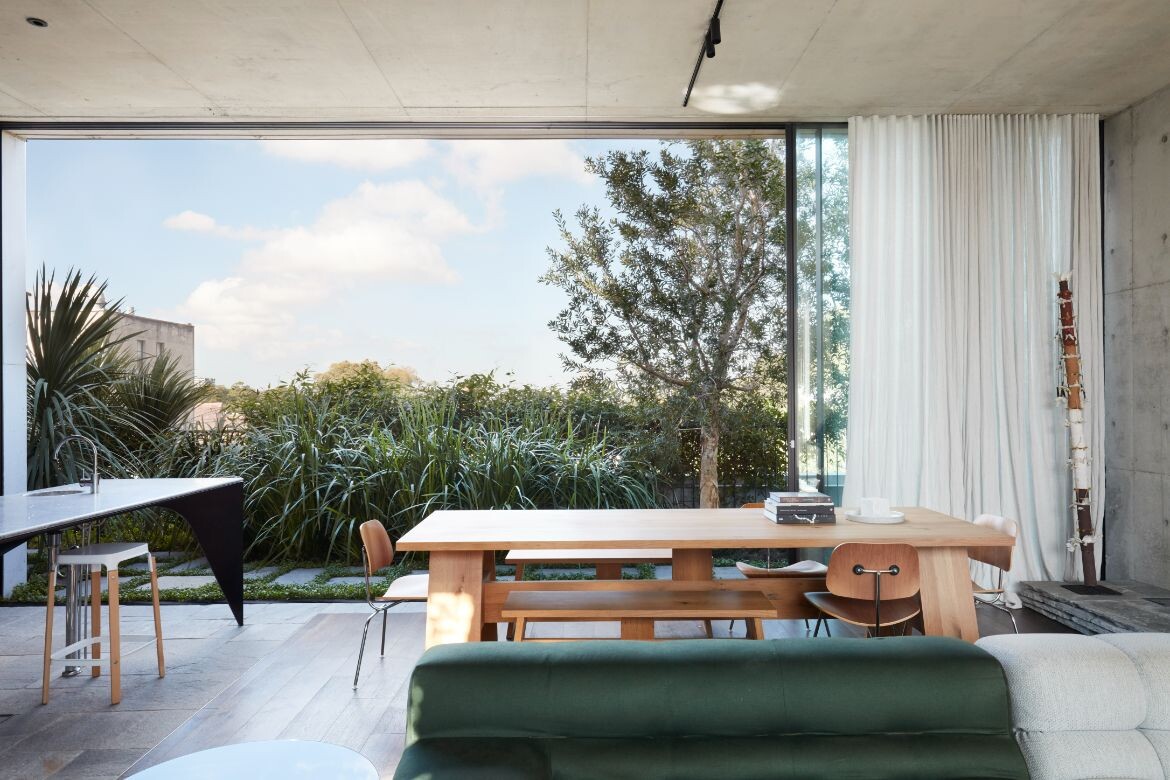This article originally appeared in Indesign Magazine #88, the ‘Education Outlook’ issue.
For director Adam Haddow, it was never enough to pursue the monumental for monumentality alone. Rather, his interest has foundationally been about improving lives through architecture. Within this model, Haddow shifts with ease between working on private houses, creating a packing shed in the outback and a super sexy development in Surry Hills. On each count, he is leading the design to be better suited for all, whether that means more sunlight and better amenities in an , subtly protesting the mining industry in a movable packing shed, or celebrating the experience of architecture per se.
While still at university, Haddow came across architect Deborah Fisher, then head of architecture at Tangentyere Council in Alice Springs. He was hooked. “She was amazing,” he recalls. “Deborah is one of the people I can remember in the history of my education [who] made my spine tingle.” Fisher talked about the importance of collaborative design processes, about how to include people in the process.

“I’ve always been interested in working on larger, more complex projects, projects that include multiple stakeholders, and ideally multiple architects. There is an energy that comes from the immediacy of collaboration, of how someone else sees the challenge,” says Haddow, who, in building convivial practice relationships has become a leader in the shift toward multi-architect developments.
Here, we might consider the Newcastle East End project for which SJB designed the four-stage masterplan. It was coordinating architect on Stage One, working with Durbach Block Jaggers, and . Quay Quarter Lanes in is another example of Haddow’s collaborative bent, with , Silvester Fuller, Carter Williamson and ASPECT Studios all working towards a shared but multi-viewed outcome.

For Haddow, and diversity go hand in hand, in that it is the architect’s role to ensure work across a range of user groups and issues. Effectively, multiple viewpoints equate to a greater diversity of outcomes, thereby better serving the community. Moreover, this ideal of making cities work harder, so the bush can remain the bush, is at the heart of Haddow’s resolve.
He is also interested in what makes a city work and fights against the old model of removing everything and building anew. “If you erase the fingerprint of this landscape you are destroying the things that made it amazing in the first place.” Haddow’s collaborative approach effectively brings in enough divergent voices to celebrate the city’s unique identity.
Related:

A turning point for Haddow was discovering the Indigenous Community Volunteers (ICV) – an Indigenous-run organisation that pairs community requests with volunteers with specific skills (and who have undertaken the cultural awareness training provided by ICV). As such, Haddow has been able to mirror his career in projects through working with community. “I started to do community volunteer work with the organisation. One was [in] the foothills of the Blue Mountains for the Aboriginal organisation Muru Mittigar, and that [became] a couple of little projects,” says Haddow who increasingly found he was able to assist strategically to help communities bring projects to fruition.
Working in the one company for 30 years has allowed Haddow the opportunity to both implement and track changes. Things like parental leave, equal opportunity and gender equality have all improved on his watch, and SJB has been at the forefront of a lot of these shifts in the mostly male-led world of architecture. Haddow is adamant that the whole industry needs to step up: “I have been talking about finding a better business structure for 28 years, and that is the thing that is necessary. You don’t need to define it to keep talking about it, and if you keep talking about it, you find other ways to have a business. It doesn’t have to be revolutionary,” he says.

Personable, easy and able to shift through subjects with an astounding agility, Haddow has star pony written all over him. That said, it is always about SJB and the collective. “The thing I really love about our office is, it’s not [just] an individual person. Everybody has a role, and everybody gets to do something that they want to do. Anyone can say, ‘You’re really good at that, and I can help you with this other [element] because I’m really good at it.’ We can support each other,” he comments. And then there are the projects. Ranging from a bathroom through to a city, Haddow excels in all he takes on. Granted, he is an excellent architect, but it is the foundational attributes of positive change that make the outcomes so much more than the sum of their parts.
SJB
Photography
Various





The post appeared first on .